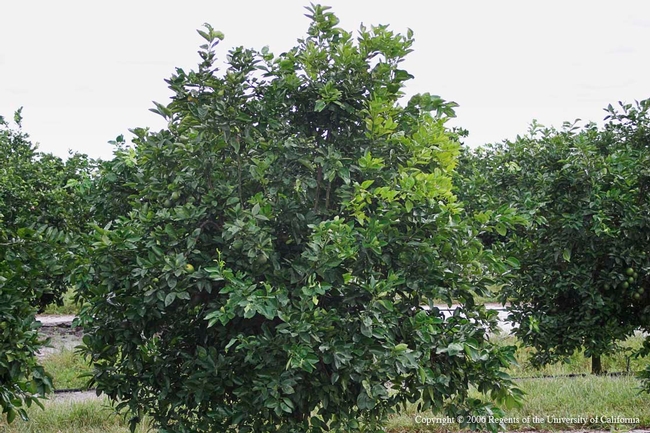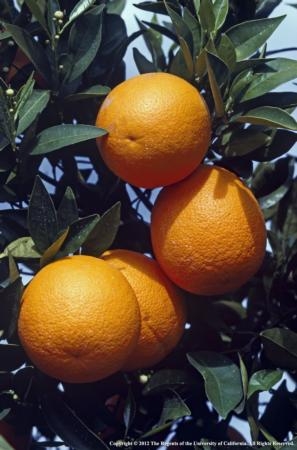August 11, 2016

One tree is located in San Gabriel and the other is in Hacienda Heights, in very close proximity to the original HLB find from 2012. As always, the California Department of Food and Agriculture worked quickly to contact the homeowners and remove the infected trees. The tree in San Gabriel has already been removed, and the tree in Hacienda Heights is scheduled to be removed today.
The Citrus Pest & Disease Prevention Program outreach team has been active with HLB education in Los Angeles for many months. Activities include placing billboard advertisements in San Gabriel, placing signage at transit shelters, distributing a door hanger at residences in the core HLB area, exhibiting at community events and even running the public service announcement in movie theaters. All communication asks residents to cooperate with agriculture officials working to protect the community's citrus.

The website outlines biological control efforts that are underway, and directions for insecticidal control, if it is needed.
There are additional measures that can be taken to support the fight against ACP and HLB in California.
- Learn how to look for the psyllid on citrus. Watch this short video.
- When planting new citrus trees, only purchase the trees from reputable nurseries. Do not accept tree cuttings or budwood from friends or relatives.
- After pruning or cutting down a citrus tree, dry out the green waste or double bag it to make sure that live psyllids won't ride into another region on the foliage.
- Control ants in and near citrus trees with bait stations. Scientists have released natural enemies of ACP in Southern California to help keep the pest in check. However, ants will protect ACP from the natural enemies. Ants favor the presence of ACP because the psyllid produces honeydew, a food source for ants.
- Learn more about the Asian citrus psyllid and huanglongbing disease by reading the detailed Pest Note on UC ANR's Statewide Integrated Pest Management website.
- Assist in the control of ACP by supporting CDFA insecticide treatments of your citrus or treating the citrus yourself when psyllids are present.
- Support the removal of HLB-infected trees.
If you think you have found an Asian citrus psyllid on your tree, contact your local county agricultural commissioner's office, or call the California Department of Food and Agriculture (CDFA) Exotic Pest Hotline at 1-800-491-1899 to confirm a find.
Author - Associate Director for Urban & Community IPM/ Area Urban IPM Advisor